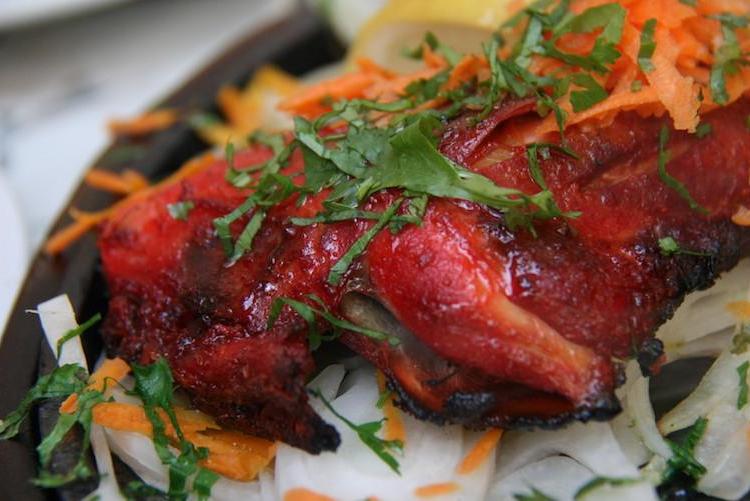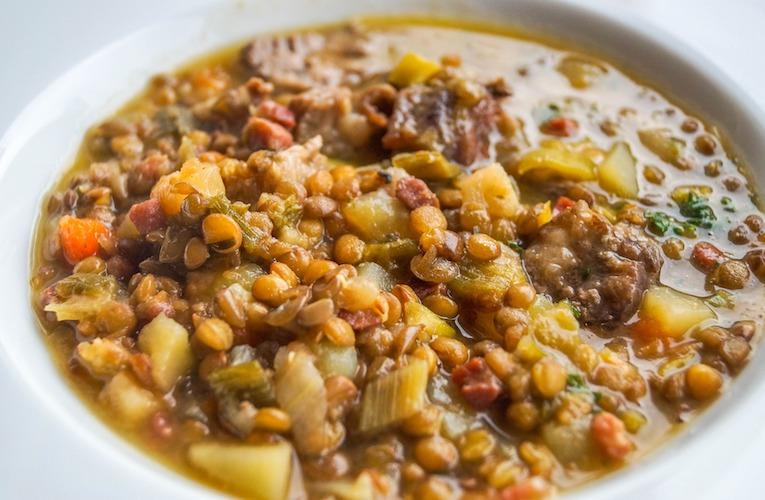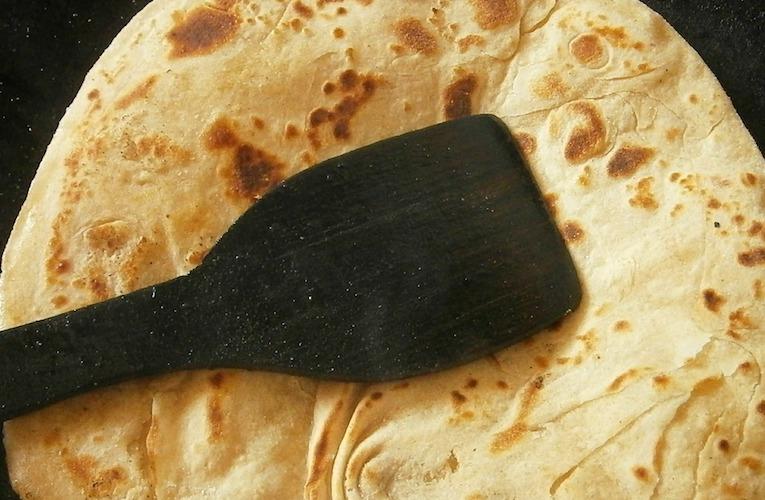Here Are Healthy Swaps To Make When Ordering Indian

Wikimedia
Thinking about going to your favorite Indian spot for dinner tonight, but worried about over-indulging? It’s no surprise that a lot of Indian food (especially Americanized versions) can go heavy on the cream sauce, breads and rice. If you’re looking for healthier options that won’t compromise flavor, try these swaps instead of your usual go-to’s.
1. Swap white rice for brown rice.
You may know by now that brown rice is typically a better choice than white rice. Brown rice is an unrefined grain with more fiber and nutrient-dense properties while white rice is a refined grain that has been stripped of its nutrients. Stick with brown when you can, and if you want to take an extra healthy step, feel free to ditch rice altogether.
2. Swap vegetable samosas for lentil soup.
Though samosas are yummy and filled with veggies, they’re typically deep-fried, which immediately makes this appetizer a no-go for health-conscious people. If you still want a starter, go for lentil soup, which is rich in fiber, isn’t fried and helps fill you up.

Pixabay
3. Swap chicken tikka masala for tandoori chicken.
We’re obsessed with chicken tikka, but we’re sad to say it is traditionally made with tons of cream and fat. In fact, the Daily Mail reports that a typical serving of chicken tikka masala packs in 116 percent of the average person’s daily recommended limit of saturated fat. Tandoori chicken, on the other hand, is usually rubbed down with spices and a small amount of yogurt, then grilled or baked.
4. Swap naan for roti.
It’s hard to say no to naan, but did you know that roti, an Indian flatbread, is a much healthier alternative? While naan uses white flour, roti uses whole-wheat flour, which is unrefined (like brown rice) and includes more nutritional value. So yes, you can still have the bread!

Pixabay
5. Swap dark meats for lentils or chickpeas.
Dark meats may be loaded with flavor, but they’re unfortunately not so good for you. Toby Smithson, RDN, LDN, CDE told EatRight.org that a serving of skinless chicken thigh contains up to 3 grams of saturated fat. Considering that the average person’s recommended daily intake should not exceed 13 grams of saturated fat, and that you’re likely consuming a lot more fat if you’re ordering something cream-based like chicken-tikka, 3 grams can add up. Instead, go for a vegetarian dish featuring lentils or chickpeas, which are both packed with fiber and protein with little saturated fat.











